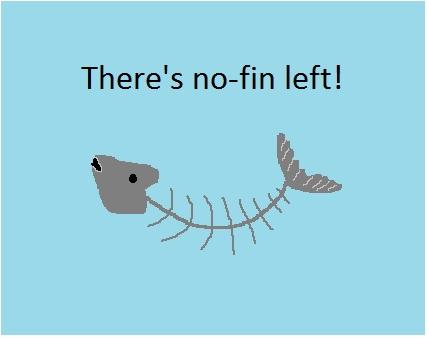A question was asked by another student about how to interpret and apply the criteria from QCAA Standards Elaborations in a unit plan. I get what they mean, you are not alone. It’s always good to see examples or, as I did here, I worked through the steps provided even though I wasn’t sure I understood them, but I found this helped me understand it more. I don’t know if it’s correct, yet. I will have to wait for feedback but the instructor asked if someone would put up their hand and share. I don’t know if I’m a “brave soul” and a guinea pig isn’t the first thing that comes to mind when one thinks of bravery, but what have I got to lose? We learn by making mistakes. (It also gives me something to put in my blog to meet my weekly target – shhhh.)
Task:
Year 9 English – constructing knowledge objective.
Language variation and change – Understand that Standard Australian English is a living language within which the creation and loss of words and the evolution of usage is ongoing (ACELA1550)
Criteria:
Receptive modes (constructing)> Evidence of listening, reading and viewing> Language features, text structures, ideas and information in texts.
Productive modes (transforming)> Evidence of speaking, writing and creating> Text structures, ideas and information in texts.
Source: https://www.qcaa.qld.edu.au/p-10/aciq/standards-elaborations/p-10-english
Connections/commonalities between words in the Standards Elaborations and my selected strand:
The word Language appears in both the criteria and strand sub-heading so this is the first one that made sense – ‘Language features’. The standards relates to how images, vocabulary choices and language features achieve different purposes and effects.
Part of this strand would involve understanding why language changes and as the selected criteria above relates to purpose and effect it also connects with the ‘Text structure’ criteria.
This then connects to the ‘Productive modes – text structure’ where standards address use to achieve purposeful presentations.
However, as this strand is about understanding, I can eliminate ‘Productive modes’ as that is to do with creating.
So, I chose between the two ‘Receptive modes’ above. The word understanding in the strand connects with both but ‘Language features’ would be my first choice as students will be starting by looking at ‘images, vocabulary choices’ rather than ‘text structures’.
I’ll keep you posted.







